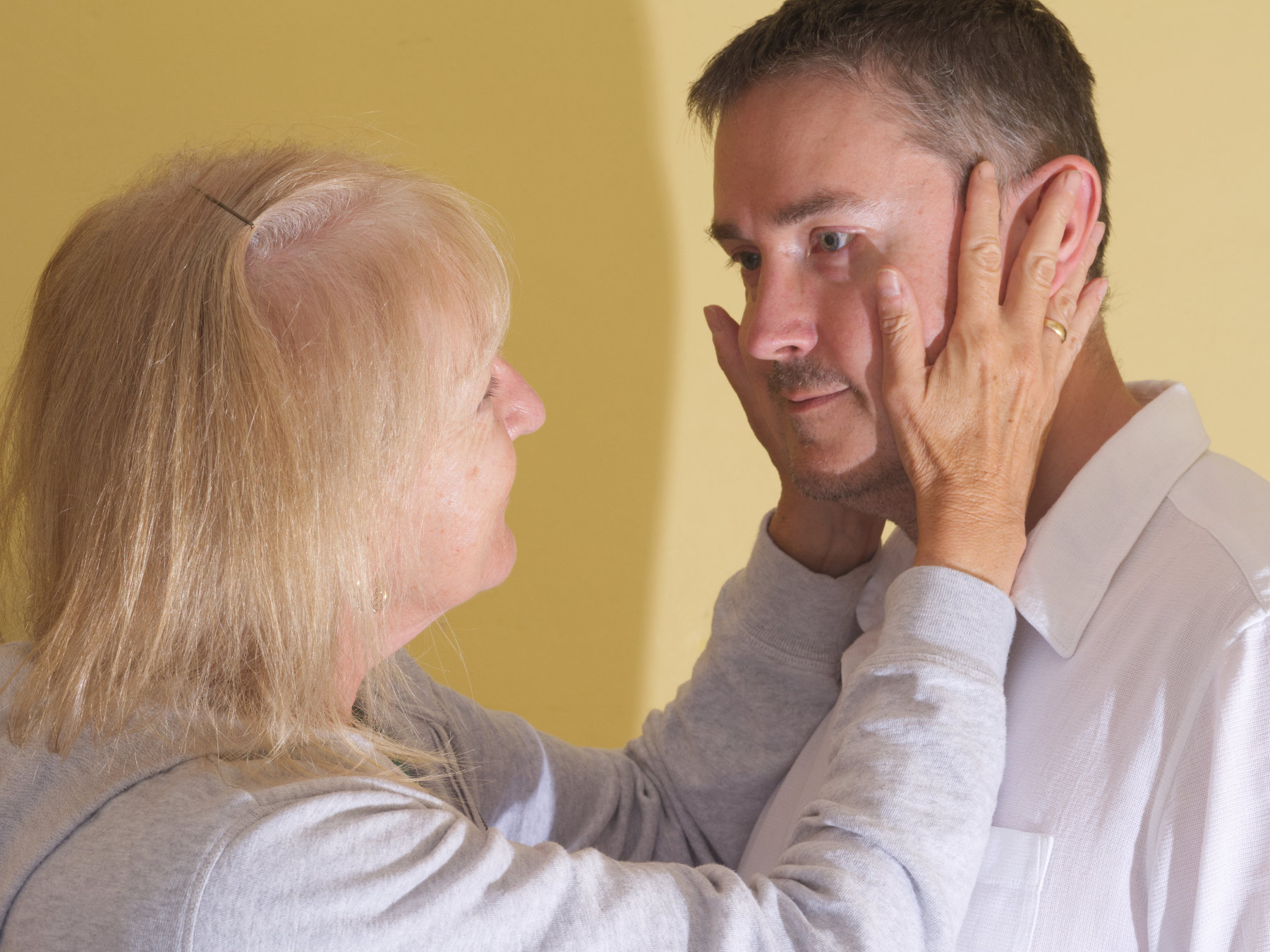When I began my MA, my primary aim was to make at least one image of which I would be proud.
That has now been achieved.
During a week-long road trip, I was able to visit four of my Other Mothers in person. Fears about the impact considerable driving time might have on my photographic output turned out to be ill-placed.
For the first time with a camera, I feel strongly that a coalescence between deepest feelings and whatever photographic skills I might possess occurred.
Research carried out prior to this first of two road trips proved vital – not just in terms of what I was ‘after’ visually, but in terms of being able to explain very clearly to my Other Mothers what I was hoping to achieve.
Two reported they found the sessions deeply moving and described the sensation of having feelings from long ago brought right back into the present.

My father, for example, has not bathed me and washed me since I was about five years of age.
When I asked him to wash my hair, he felt a little awkward about it. But in making an image, he recounted how he inadvertently found himself placing his hand beneath my chin to prevent suds going into my eyes.
“It was all there,” he told me. “Forty years have passed, and I know I no longer need to cradle your head, but those feelings felt just the same as they did when you were little.”
I feel as though there has been an element of distillation of aspects of my research so that it was not consciously acted upon but imbued itself in the background of my practise during the week.
The importance of gaze in primate child-alloparent bond development, as described in detail by Sarah Blaffer Hrdy on her book Mothers and Others, was not actively ‘set up’ but happened naturally in response to my explaining the groundwork before these photographic sessions.
I also had Eamonn Doyle’s explorations of the shapes of mourning running around in the background of my mind. Those fabric clad sculptural portraits of human shape and being, covered in such a way that chimes with something my tutor Colin said about viewers imposing themselves and their own sensibilities and meanings upon images they view.
What were the shapes I was seeking in my work? I sought out shapes of maternality, of care-giving and of unconditional loving.

Hrdy’s work was instrumental too in my realisation that my most important mother growing up was not a woman at all, but my father. This led to a fascinating recorded discussion of his own historic sense of maternality.
My grandmother, now aged 99, hates having her photograph taken.
But she has always loved play. So we played together, with cars or with her knitting and my playing Lego, and recorded it visually. This approach took us somewhere I feel is visually special.
And it reminded me of how I used to look up at her legs from the floor, these giant, elephant-like legs. Most might not think her legs beautiful. To me they are among the most beautiful legs in the world – they were solid pillars in my chaotic early world, unmovable like a rock.

And her choice of stockings has not changed in my lifetime. They are a part of who she is to me. They are wonderful.



I was reduced to tears when I ventured into my grandmother’s loft and found a small dead bird lying on the floor. It played a strange role in my road trip.
In Scotland, my former babysitter Julie’s husband works as a ranger. In his spare time, he monitors bird populations. He invited me to join him in tagging various birds, recording their wingspan, rough age, weight and then releasing them.
There felt very strongly a synergy between my own history and that initial sense of mourning a dead bird before releasing caught birds back into the air. It felt part of the story.



References
Sarah Blaffer Hrdy (2011). Mothers and others : the evolutionary origins of mutual understanding. Cambridge, Mass.: Belknap Press Of Harvard University Press.
Niall Sweeney (2019). Eamonn Doyle. Madrid: Fundación Mapfre.




